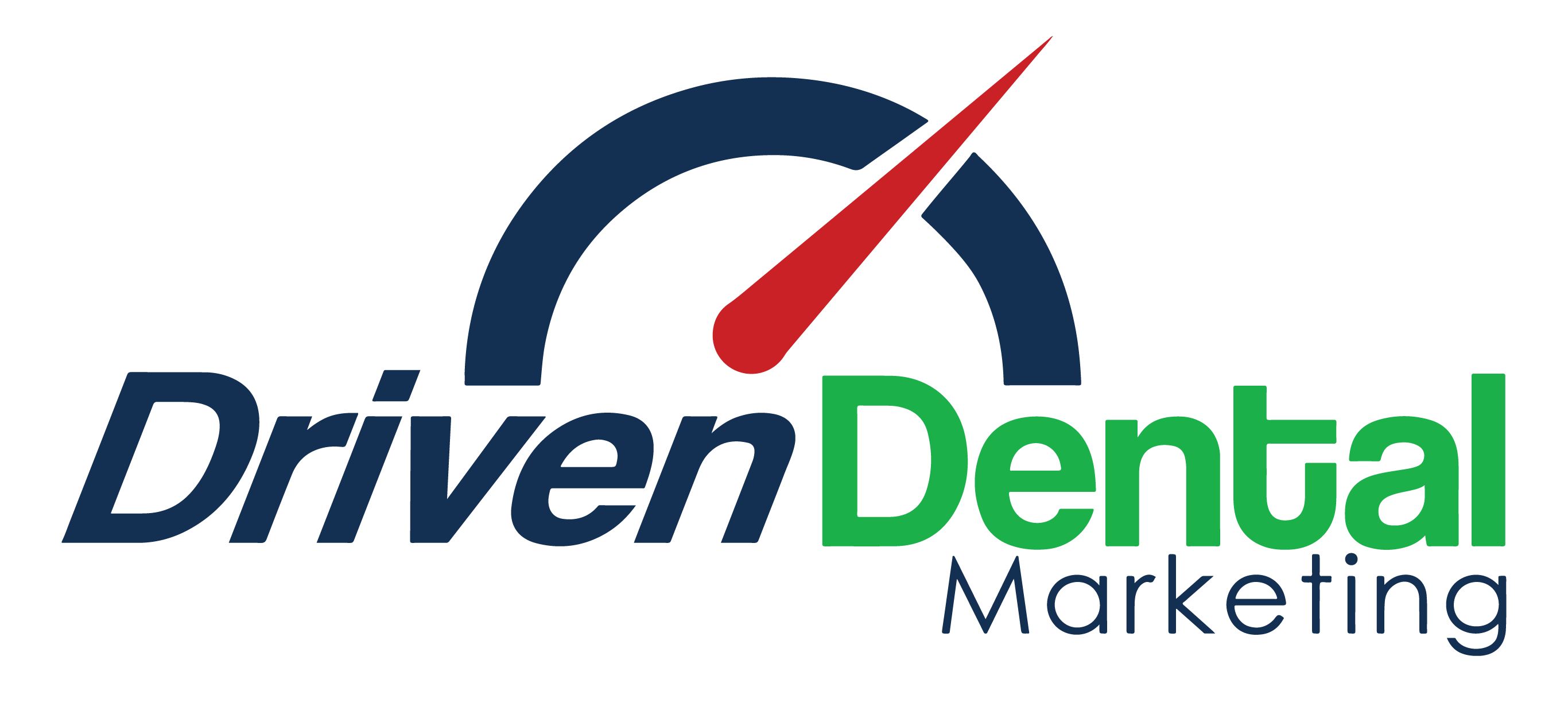For dental practices wanting to grow, increasing the amount of quality patient leads is always top of mind. This is especially true for those wanting to begin offering high-value procedures such as dental implants, airways, and sleep dentistry. In a digital age, many of these patients can be attracted through digital marketing… if only one knows how.
When looking at the digital marketing landscape, it can be very easy to become overwhelmed. It’s a different world, with its own rules, jargon, and best practices. We want to demystify the process of marketing your dental practice online so that you can gain more leads.
Clinics that build a strong presence on the web and social media will attract their ideal patients and expand their practice much faster than those who don’t. Let’s go over the main kinds of digital marketing campaigns and the situations where they come in handy.
1. Paid Social Media Marketing Campaigns
This is where most dental practices start, and for good reason. As of April 2021, Facebook has more than 190 million users in the United States. Other social media sites like Instagram and TikTok are quickly gaining users, too. And, of course, millions of people use YouTube every day. Some of those are people in your area, looking for help with a high-value dental procedure.
With paid social media campaigns, ads appear on a user’s feed as they scroll or before and during videos they watch. They also appear on sidebars if the user is on a desktop or laptop. They are one of the most user-friendly ad campaign types, coming with plenty of tutorials and options for setting up the campaign. You can target your audience with laser-like precision and speak directly to them. They can also link people directly to your practice’s Facebook page, which is mostly shared media.
When to use:
- You have a strong social media presence already
- You’re new to digital marketing
- You have accurate information about your real and ideal patients
2. Search Engine Marketing (SEM)
Many practices successfully use paid search strategies to target patients actively looking for their services. Instead of appearing on a social media feed, an SEM ad appears at the top of a Google or Bing search. Advertisers bid on certain keywords. When a user has a search including that keyword, your ad may appear on their search, depending on geographical proximity, relevance, and how much you bid. You get limited space to convince a prospective patient to click on your ad.
SEM is not for amateurs and a lot of practices waste precious time and money trying to DIY paid search marketing. Agencies understand the search engine algorithm and have experience creating ads that perform well. SEM ads are all Pay-Per-Click (PPC) which means that you only pay your bid amount when a user actually clicks on your ad. The benefit to this is that you don’t pay anything if your ad doesn’t get clicked. The challenge is that just because someone clicks on your ad, doesn’t mean they will become your patient. This can run up costs quite easily if your landing page and website aren’t helpful or convincing. These are integral pieces of your owned media.
When to use:
- You have a solid and engaging website
- You can make the most out of a limited amount of characters
- You have the budget to sustain a plethora of clicks
3. Search Engine Optimization (SEO)
Finally, SEO is a slower, more organic strategy than the previous two. As the name suggests, this is all about optimizing the content on your website to rank higher in search engine queries. SEO doesn’t require any additional financial investment besides what you already pay for your website. That is, unless you spend your ad budget to hire an SEO expert to improve your rankings for you.
Generally speaking, improving your SEO means researching the kind of search terms your ideal patient uses, and making sure to use those terms (also known as keywords) in your website’s content, especially the titles and subheaders. However, there are also a host of highly technical rules and strategies to improve your ranking, making SEO an art and science unto itself.
A solid SEO strategy gives you brand recognition, which is highly related to the earned media of your reputation and reviews. Generally speaking, a dental practice with strong earned media will have an easier time succeeding with SEO.
When to use:
- You have a solid reputation and plenty of positive reviews
- Time is on your side
- You’re willing to learn a complicated art, or have budget to hire an expert
Consider Partnering With Marketing Professionals
At Driven Dental, we emphasize delivering new patients to practices, not just leads. We’re well-versed in the world of digital marketing. We’ve taken the time to learn what works best for marketing dental implants, airways, and sleep dentistry.
If you’re interested in discovering the best marketing campaign for you, or would like an expert to look over your dental website, book a free strategy call today.
